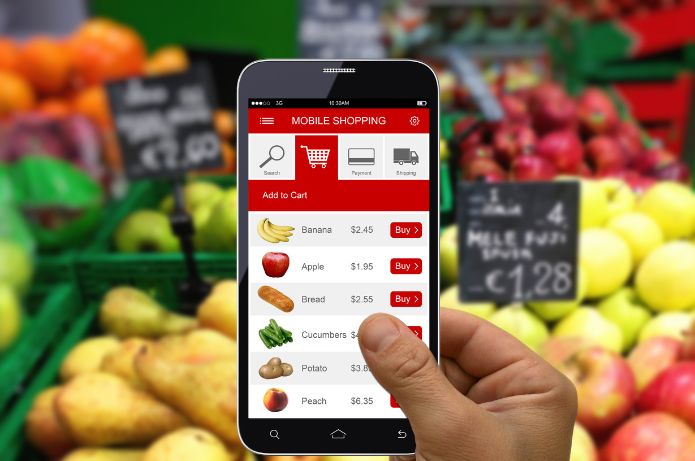Definition:
Mobile Commerce, often abbreviated as m-commerce, refers to commercial transactions and activities conducted through mobile devices, such as smartphones and tablets. It is an extension of traditional e-commerce, adapted for the mobility and convenience of portable devices.
Main concept:
M-commerce encompasses a wide range of activities, from buying and selling products and services to mobile banking operations, digital payments, and money transfers, all conducted through internet-connected mobile devices.
Characteristics of Mobile Commerce:
1. Accessibility: Enables transactions anytime and anywhere.
2. Personalization: Offers personalized shopping experiences based on user location and preferences.
3. Instantaneity: Facilitates quick and immediate purchases and payments.
4. Technology Integration: Utilizes features such as GPS, camera, and NFC to enhance the user experience.
5. Omnichannel: Integrates with other sales channels, such as physical stores and websites.
Technologies that drive M-Commerce:
1. Mobile Applications: Dedicated platforms for shopping and services.
2. Responsive Websites: Web pages optimized for viewing on mobile devices.
3. NFC (Near Field Communication): Allows contactless payments.
4. QR Codes: Facilitate quick access to information and payments.
5. Digital Wallets: Securely store payment information.
6. Augmented Reality (AR): Enhances the shopping experience with interactive visualizations.
7. Artificial Intelligence: Provides personalized recommendations and customer assistance.
Benefits of Mobile Commerce:
1. For consumers:
– Convenience and accessibility
– Easy price and product comparison
– Personalized offers
– Simplified payment methods
2. For companies:
– Expanded customer reach
– Valuable consumer behavior data
– Targeted marketing opportunities
– Reduced operational costs
Mobile Commerce Challenges:
1. Security: Protection of sensitive data and fraud prevention.
2. User Experience: Ensuring intuitive interfaces on smaller screens.
3. Connectivity: Handling variations in internet connection quality.
4. Device Fragmentation: Adapting to different operating systems and screen sizes.
5. System Integration: Synchronizing with existing e-commerce and management systems.
Trends in Mobile Commerce:
1. Voice Assistants: Shopping conducted through voice commands.
2. Social Commerce: Integration of shopping with social media platforms.
3. Virtual Reality (VR): Immersive shopping experiences.
4. Internet of Things (IoT): Connected devices that facilitate automatic purchases.
5. Biometric Payments: Use of fingerprint or facial recognition for authentication.
6. 5G: Increased speed and capacity for richer m-commerce experiences.
Strategies for Success in M-Commerce:
1. Mobile-First Design: Prioritizing the experience on mobile devices.
2. Speed Optimization: Ensuring fast loading of pages and applications.
3. Simplified checkout: Reduce friction in the payment process.
4. Personalization: Offering relevant recommendations and offers.
5. Omnichannel: Integrating online and offline experiences.
6. Robust Security: Implementing data protection and fraud prevention measures.
Economic impact:
1. Market Growth: M-commerce is rapidly expanding globally.
2. Changing Consumption Habits: Shifts in how people shop and interact with brands.
3. Innovation: Stimulating the development of new technologies and business models.
4. Financial Inclusion: Access to financial services for unbanked populations.
Conclusion:
Mobile Commerce represents a revolution in how we conduct commercial transactions, offering unprecedented levels of convenience and accessibility. As mobile technology continues to evolve and smartphone penetration increases globally, m-commerce is becoming an increasingly integral part of the digital economy. Companies that embrace and adapt to this trend are well-positioned for the future of commerce, while consumers benefit from richer, more personalized, and convenient shopping experiences.


